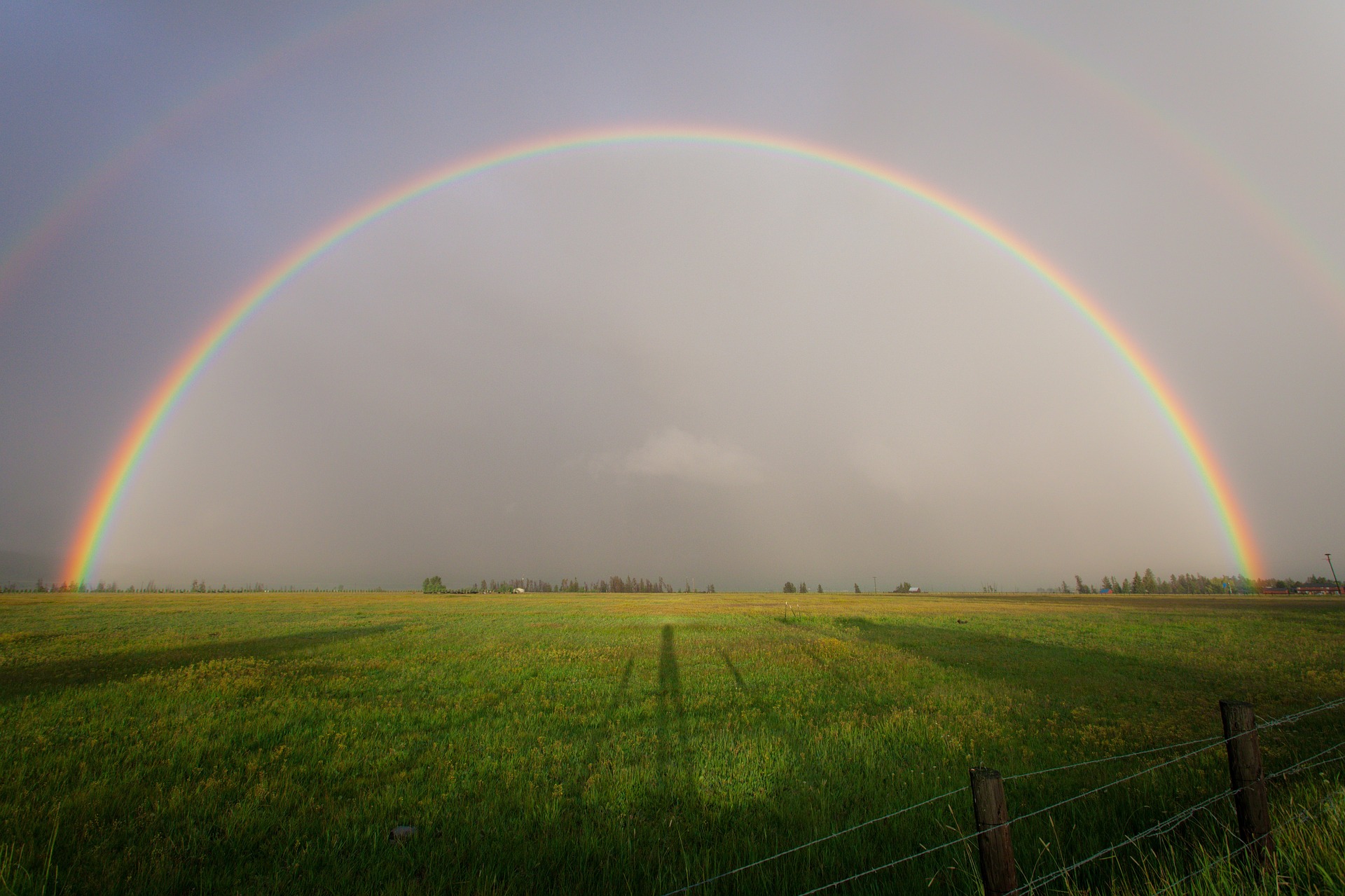Farmland Could Be Used to Sustainably Offset America’s Entire Carbon Footprint—If the Will Exists
Author: Dr. Louis Verchot | Published: January 24, 2018
Amid the roaring debate on how to curb climate change in Bonn last year, an impasse was finally broken on agriculture. Both a cause and casualty of climate change, our food system accounts for up to 24% of greenhouse gas emissions.
Yet hit by soaring temperatures and more frequent extreme weather, farming is becoming more difficult, as demand continues to increase.
Positive agricultural interventions could achieve up to 6% of reduction emissions needed to achieve the Paris Agreement goals—showing that this sector is not only part of the problem, but part of the solution to climate change.
Previously at climate talks, disagreement focussed on whether helping farmers adapt to climate change, or reducing the greenhouse gases produced by the sector should be prioritized, largely along developing vs. developed country lines.
Developed countries, already equipped with successful techniques for ramping up agricultural production, are more interested in mitigation, making existing techniques more climate-friendly. On the other hand, in developing countries, drought, floods, and hurricanes all play havoc with the mostly smallholder-driven agriculture sector. Their priority is to help those farmers adapt and find food security.
In Bonn at the latest round of climate talks, a compromise was reached to allow two technical bodies to work together to identify solutions on how the agriculture sector can be a part of the solution. The question is: where to begin? How can we rein in emissions in agriculture, while making farmers more resilient to the whims of the weather?
One solution stands out. Eighty-nine percent of agriculture’s future mitigation potential could lie in capturing carbon on farmland soils: carbon sequestration. Not only does this process suck harmful carbon out of the atmosphere, it makes soils healthier and more fertile for future food production, boosting resilience to climate change.

